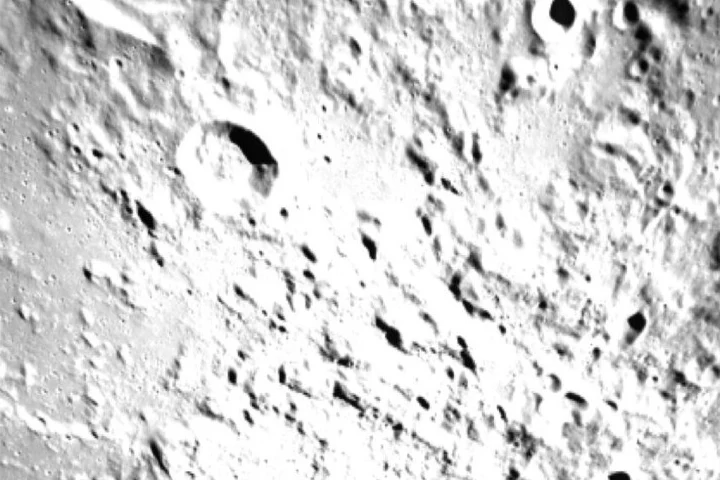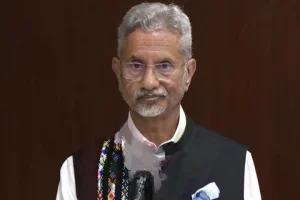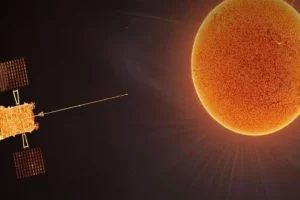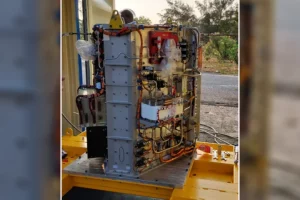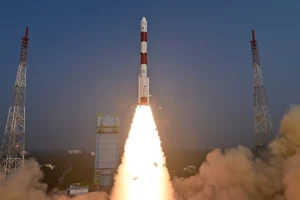India and its scientists are all set to create history today as the nation of 1.42 billion souls will watch Chandrayaan-3 mission’s lander, Vikram, which is at present orbiting the Moon, will start its gradual and calculated descent on the surface of ‘Chanda Mama’.
Success in this mission will make India the world’s fourth country to operate a rover on the Moon but more importantly it will also be the first attempt by a country to land at the South Pole, described as the forbidden territory. The other three nations that have landed at Moon are the United States, Russia and China.
After four years of failure of Chandrayaan-2, this is Indian Space Research Organisation’s another attempt to land on lunar surface with the landing process expected to commence at 5.45 p.m. today. The entire operation is expected to last for a quarter of an hour which the former ISRO head, K. Sivan, describes as “15 minutes of terror”.
Prime Minister Narendra Modi who is attending the 15th BRICS Summit in South Africa will witness the historic landing virtually.
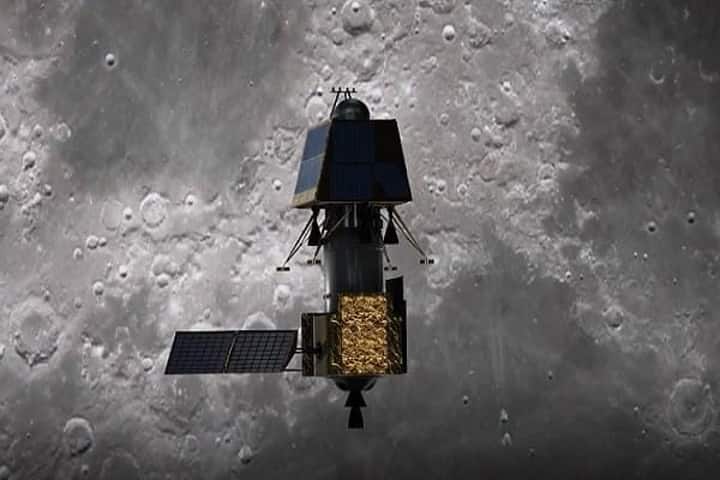
With Vikram landing on the surface, its door will open shortly to let out 26-kilogram Pragyaan which is a six-wheeled rover the size of a coffee table on the surface of the moon. This rover will perform many experiments. Among them are analysis of composition and soil of the Moon surface; documentation of heat retained in the lunar polar region; checking for seismic activity around the landing site; computation of the distance to Earth from near the lunar South Pole and others.
Interestingly, the lander is named after the Father of the Indian Space Programme, Dr. Vikram A. Sarabhai and the rover’s name is derived from Sanskrit meaning wisdom and supreme intelligence.
The lander and the rover will continue to work for 14 days at a stretch during which the South Pole gets sunlight following which these are expected to run out of power. The mothership that is Chandrayaan-3 which will be revolving around the Moon will perform experiments to study Earth from the lunar orbit.
Chandrayaan-3 Mission:
The mission is on schedule.
Systems are undergoing regular checks.
Smooth sailing is continuing.The Mission Operations Complex (MOX) is buzzed with energy & excitement!
The live telecast of the landing operations at MOX/ISTRAC begins at 17:20 Hrs. IST… pic.twitter.com/Ucfg9HAvrY
— ISRO (@isro) August 22, 2023
All these experiments are expected to increase the knowledge and information about Moon’s ability to support future human exploration of its surface and resources.
Why the South Pole?
The South Pole has been called the new frontier in space exploration as Russia also tried to explore it with its Luna-25 mission which recently failed. The area is considered promising as it has the potential of abundant resources. Further, the presence of water ice in permanently shadowed regions, described as game changer, could provide vital resources for survival and potentially even rocket propellant in the future.
Yet negotiating in the South Pole of the Moon is no easy task. While its terrain is treacherous, there are large craters stretching thousands of kilometres and lighting conditions make it difficult even for advanced sensors to work out the ground from a descending vehicle.
The extreme cold which at times goes down to -230 degrees Celsius hinders the functioning of electronic instruments.
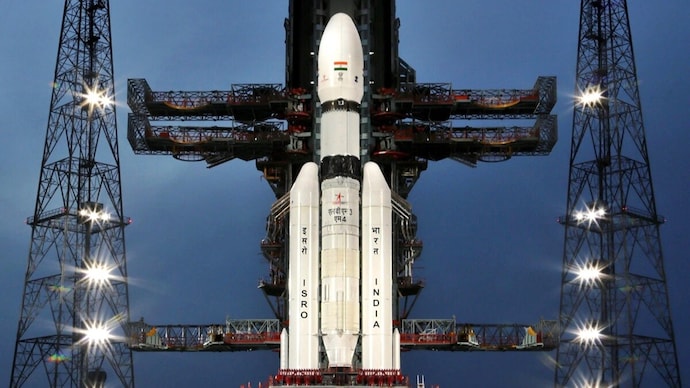
This mission is being viewed by India and the world as a stepping stone toward ISRO’s future interplanetary missions.
Chandrayaan-3, India’s third lunar mission, was launched on July 14 this year on board the Launch Vehicle Mark III which was dubbed ‘Bahubali’ — the most powerful launch vehicle which is slated to carry Indians to space as part of the upcoming Gaganyaan mission. Following the launch, Chandrayaan-3 performed a number of movements around the Earth, accelerating with each completed orbit. On gaining speed and power it left gravitational influence of the planet to set course for the Moon.
Once within the Moon’s gravitational area, Chandrayaan-3 repeated the orbit movements and on August 17, the lander separated from the mothership to start its journey to the lunar surface.
Also read: Chandrayaan-3’s Vikram lander sends images just 70 km from Moon, poised to touch down tomorrow






